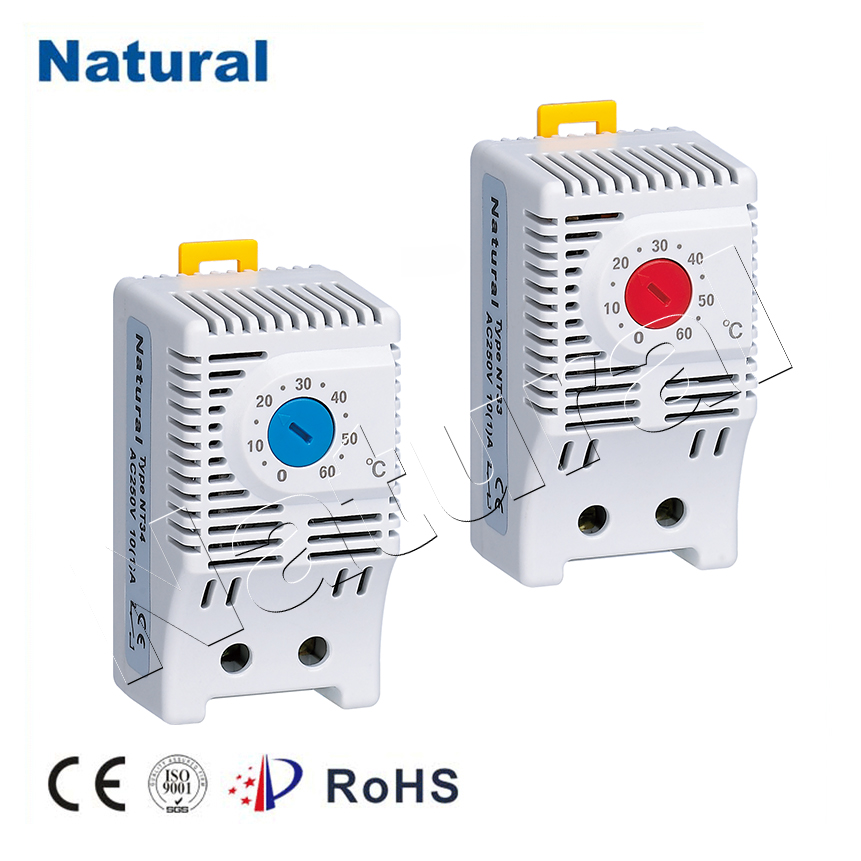Thermostats play a crucial role in our daily lives, regulating the temperature in our homes, offices, and other indoor spaces. While modern thermostats often boast advanced technology and smart features, the core mechanical components remain vital to their functionality. In this article, we will delve into the mechanics behind thermostat mechanical systems, exploring how these devices work and the importance of their precision.

The Fundamentals of Thermostat Mechanics At its core, a thermostat is a temperature-sensitive device that controls heating or cooling systems to maintain a desired temperature range. Mechanical thermostats use a straightforward but effective mechanism to accomplish this task. Temperature Sensing Element: The heart of a mechanical thermostat is its temperature sensing element, often referred to as a bimetallic strip. This strip is made of two different metals bonded together, each with a different coefficient of thermal expansion. When the temperature changes, these metals expand or contract at different rates, causing the strip to bend. Contact Points: The bimetallic strip is connected to a set of electrical contact points. When the temperature reaches a certain level, the strip will bend enough to make or break contact between these points. This action initiates or stops the heating or cooling system, depending on the thermostat’s setting. Differential Adjustment: Mechanical thermostats also allow users to set a differential, which is the temperature range within which the thermostat operates. For example, if you set a thermostat to 70°F with a differential of 2°F, the heating system will turn on when the temperature drops to 68°F and turn off when it reaches 70°F. The Role of Calibration Calibration is a critical aspect of thermostat mechanics. It ensures that the device accurately reflects the desired temperature and maintains consistent performance. Calibration is achieved through precise design and manufacturing processes. Here are some key factors in thermostat calibration: Bimetallic Strip Composition: The choice of metals for the bimetallic strip is crucial. Manufacturers select metals with specific coefficients of thermal expansion to achieve the desired bending response at a particular temperature. Contact Point Design: The design and materials of the contact points must ensure reliable and repeatable electrical connections. Any inconsistencies in these components can lead to inaccurate temperature control. Differential Adjustment: The differential adjustment mechanism should be carefully engineered to allow users to fine-tune their temperature preferences within a specific range. Quality Control: Rigorous quality control processes are essential to ensure that each thermostat unit meets the specified calibration standards. This involves testing the thermostat’s performance under various temperature conditions. Benefits of Mechanical Thermostats While electronic and smart thermostats have gained popularity due to their advanced features, mechanical thermostats still offer some advantages: Reliability: Mechanical thermostats are known for their durability and reliability. They have fewer electronic components that can fail, making them a long-lasting option. Cost-Efficiency: Mechanical thermostats are often more budget-friendly than their electronic counterparts, making them an attractive choice for many homeowners. Ease of Use: The simple design of mechanical thermostats makes them user-friendly. They are straightforward to install and operate. In conclusion, mechanical thermostats may seem basic in today’s world of smart technology, but their mechanical precision and reliability continue to make them a valuable choice for many applications. Understanding the mechanics behind these devices helps us appreciate their importance in maintaining comfort and energy efficiency in our indoor environments.